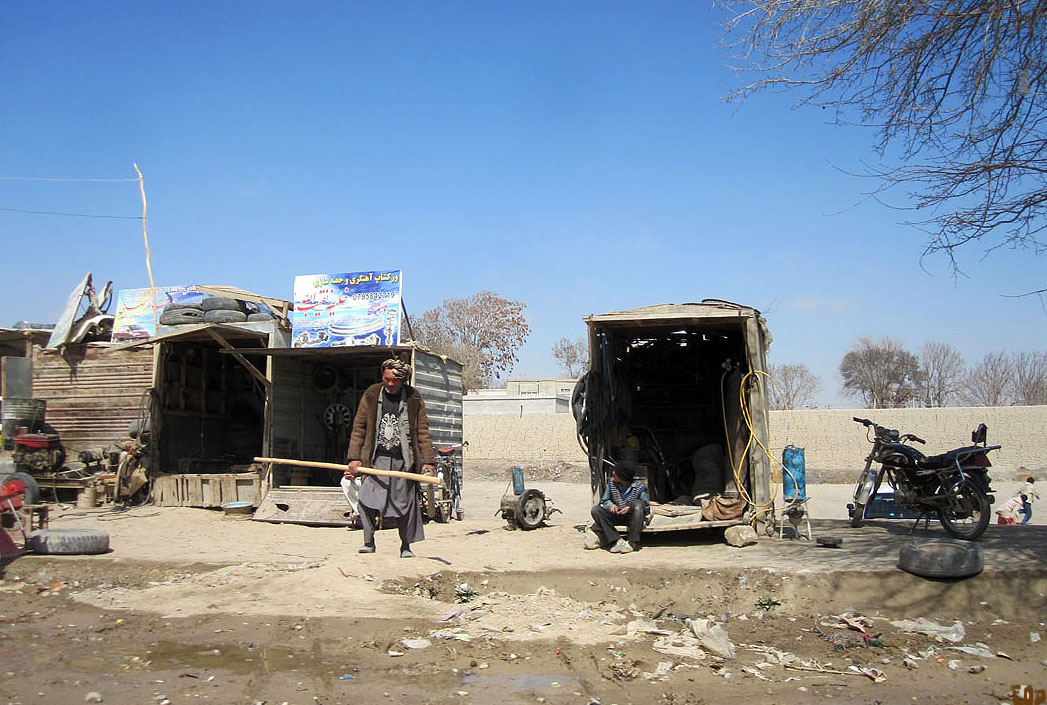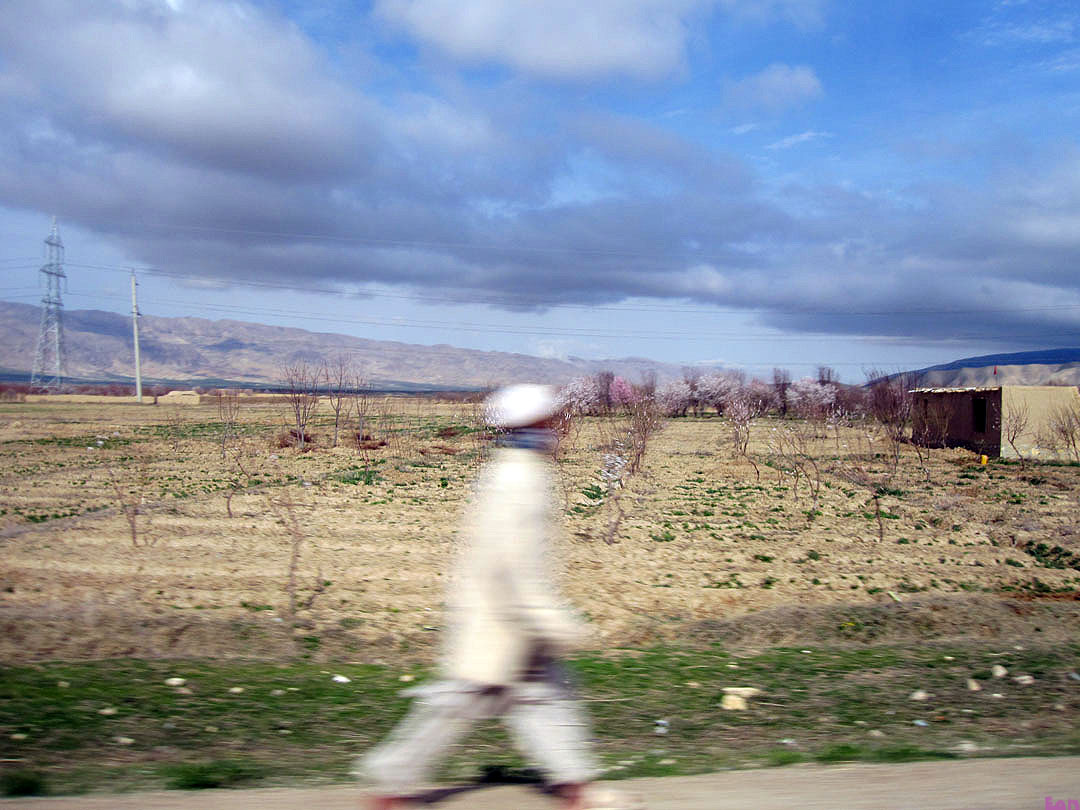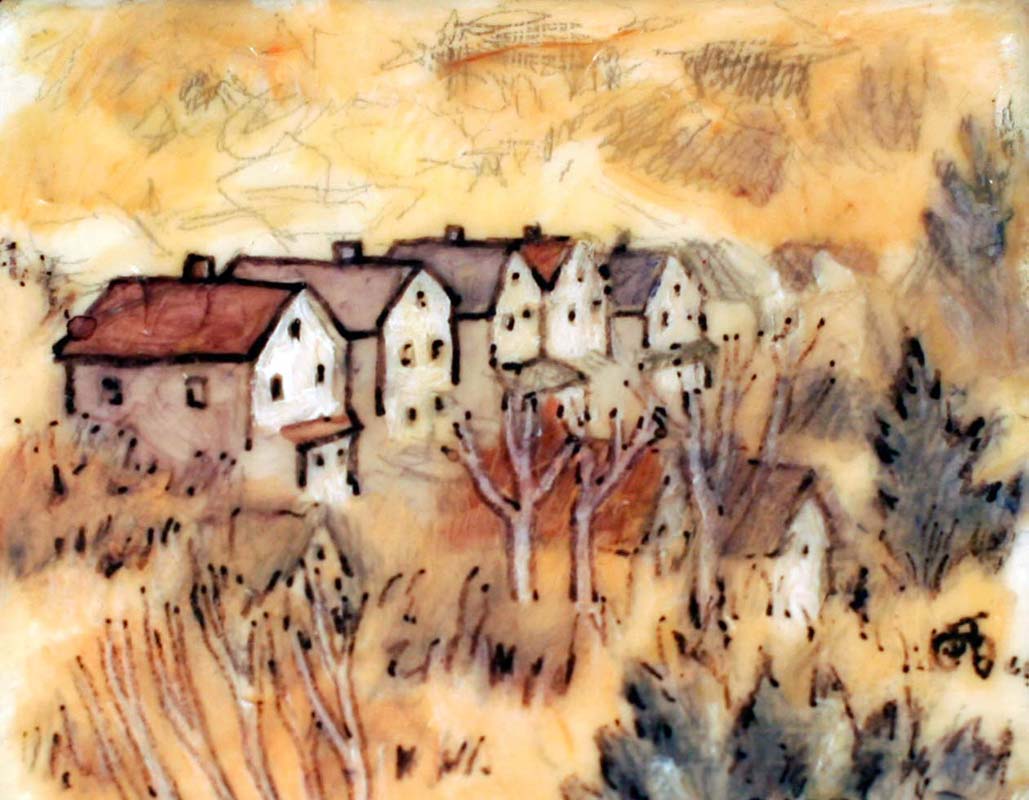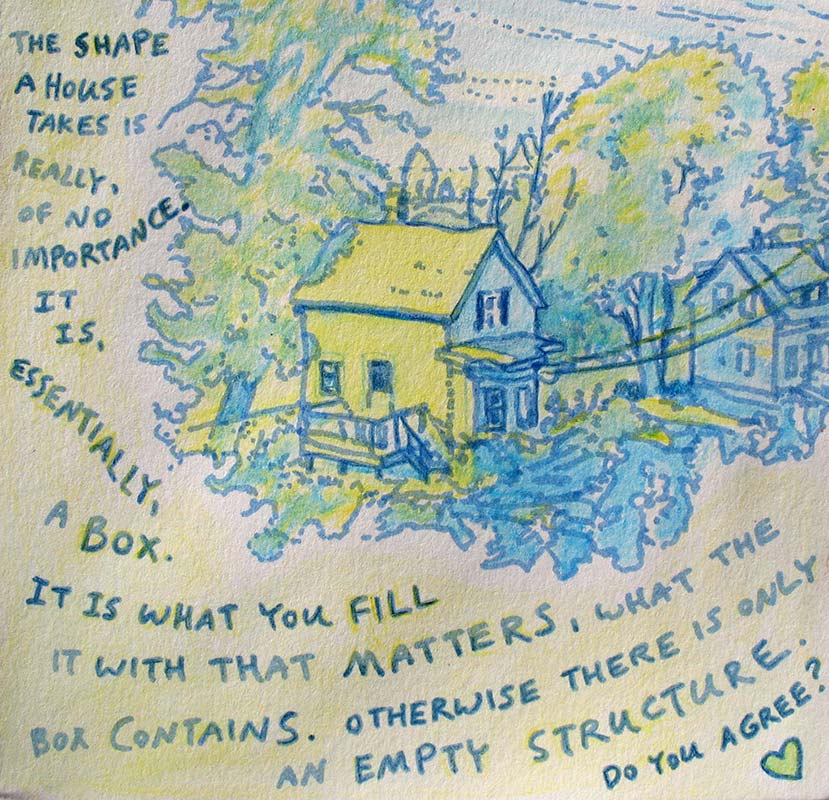For years, I’ve been a fan of the tiny house movement. I’ve long considered putting a tiny house or yurt on my family’s farm in the heartland, when I’ve felt like leaving the big city behind. This summer, though, my yurt dream came true years before I thought it would–when I had the opportunity to live in a yurt for month in the desert sands of Turkmenistan.
Over the years, I’ve spent countless hours researching tiny houses. No, not the tiny houses of Laurie Simmons (Lena Dunham’s mom)–though I’ve admired those too–but a small house with no flourish and no fuss. Since I’m in love with simplicity and anything miniature–from chihuahuas to Turkish coffee cups–a tiny house seems like it would be ideal–especially on a farm.
But this morning, while eating breakfast and reading an article about the popularity of shipping container houses in Amsterdam, I began having second thoughts. Watching a video about the virtues of living in a 215 sq ft. shipping container in Europe, I got the same sick feeling in my stomach as I did when I was in Afghanistan and saw countless Afghans living in shipping containers–by necessity not choice. Living through decades of war is tragic enough–but imagine doing that while living inside of a shipping container.
When we talk about the American economy and politics in relation to the Afghan war, an important topic largely absent from the conversation is the devastating poverty found throughout Afghanistan. Even though I studied Afghan history and culture at Columbia before journeying to Afghanistan, it wasn’t until I witnessed Afghans living in shipping containers that I began to grasp the humanitarian tragedy–on top of the violence–exacerbated by the Afghan war.
When scholars and activists in America say that war is the enemy of the poor, they’re often referring to the devastating toll war takes on the pockets and lives of the poor in America. But war is also an enemy of the poor in the lands where we’re fighting–because war is always an enemy to the poor on both sides.
Before I saw those tiny houses in Afghanistan, I had analyzed every angle of the Great Game currently being played there. I’d considered every political triangulation and historical repetition–but I hadn’t given nearly as much thought to the poor. I hadn’t yet looked into their eyes–and been told that, for some, war comes as an afterthought–a secondary strife–for those struggling just to survive.
Of course, dire living conditions are not particular to Afghanistan–as anyone who has walked through Kibera, Dharavi or Neza-Chalco-Itza knows. These days, wherever I wander, I’m always shocked that media commentators consistently ignore the most simple and ubiquitous equation in the world (poverty + despair = violence) in their coverage from Afghanistan to Cairo–and beyond.
Now I have to wonder: is my love of tiny houses born from a sincere desire to make a small carbon and spatial footprint, or am I just fetishizing simplicity? For decades now, less has often been prized as more when displaying one’s privilege and wealth. For instance, a number of anthropologists and writers have articulated how our modern obsession with thinness is related to status and class. A thin body in American society connotes wealth instead of poverty–because it takes time (is money!) and resources (a gym membership–along with yoga classes) to achieve and maintain.
By this logic (of abstaining in the face of abundance), is a tiny house an environmentally friendly alternative, or just another thin body–a fetish of scarcity masking as a marker of simplicity? Is our thriving cult of simplicity a natural reaction to the excesses of consumerism, or is it–in a way–an appropriation of poverty? And if raw food diets and tiny houses are, on some level, an appropriation of poverty–does that appropriation assuage one’s guilt about individual and national wealth–when so many around the world still go without?
Of course, not all shipping container houses in the news are created equal–or designed for simplicity’s sake. Some of them are actually luxury homes–which combine the “best of both worlds.”
In romanticizing the simple life, it’s easy to forget those for whom a simple life–out of necessity–is an extreme hardship. And in romanticizing the hardship of those living a simple life, it’s easy to forget that not everyone who lives a simple life considers it a struggle.
Despite my restless rumination and ramblings today on tiny houses, I still think they make a welcome alternative–they’re affordable, environmentally friendly–and, well, they’re cute. But I’m not alone in noting that the trend of “paring down” one’s life in a society of abundance can look a bit absurd if seen through a wider lens. Take, for example, this hilarious video–which takes the tiny house movement to its inevitable end…



